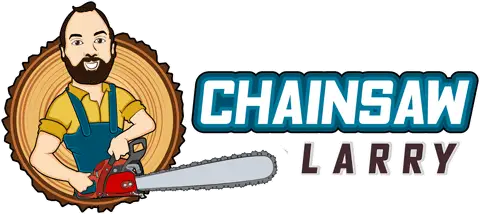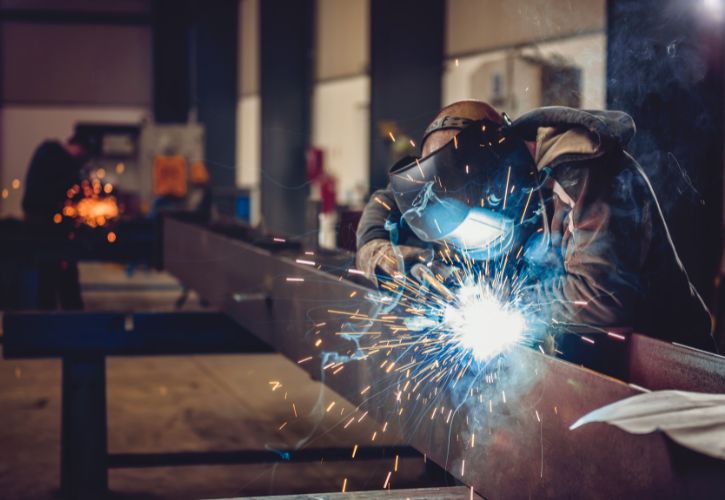Table of Contents
Being good with your hands takes prowess, dedication, and skill. Working with metal can be a joy if you possess that trio of attributes. Learning how to make metalworking a rewarding hobby highlights what you need and what you can expect when you begin.
Tools of the Trade
A good craftsperson never blames their tools, and you won’t have to when you have the following items in your home shop.
Vices
Before you buy fancy-schmancy machinery to cut metal, you’ll want something to hold it in place. Clamps and vises are paramount for portable power equipment. Installing a bench vise by bolting the bench to the ground ensures that the vibrations won’t affect your cuts.
Hammer and Anvil
Nothing is more old school for treating metal than an anvil and a hammer. Like the first individuals roaming the earth, you can build things by banging something against a hard surface. Metalworking via a hammer requires a robust anvil to take on the brunt of the damage.
Metal File
In contrast to their wooden counterparts, metal files include uniformly spaced teeth that run perpendicular to one another. These handy-dandy tools help smoothen or chip away any imperfections of the piece.
Power Tools
Honing your craft with your hands lets you improve your metalworking skills and get the best power tools. You can expect to find items such as an angle grinder, drill press, and welding machine in a shop. You will also need an assortment of saws, with a bandsaw being the most common.
Safety Gear
When dealing with metal, one must be careful not to cut oneself on the sharp edges of tools or expose a part of the body to a scorching workpiece. Thus, it is crucial to always adhere to safety protocols and use protective equipment while dealing with metal. At a minimum, the shop should have safety glasses, an apron, safety gloves, work shoes, and hearing protection.
What To LearnThe four skills necessary when working with metal are cutting, welding, casting, and forging. Most metalworkers will turn to their angle grinder for cutting, while a hacksaw is better for smaller pieces. Cutting metal requires much more force than wood, so staying safe is important. If your grinder has problems, the metal file can save the day.
Welding is a more intense form of shaping metal. Welding involves applying heat to metal workpieces to connect one item to the other. If you acquire skills with the torch, you will never spend a day unemployed.
Casting also involves heat, but this process melts the metal while pouring it to create a desired shape. Cast items are nowhere near as strong as their forged cousins, and cast items are prone to various deformities, making casting the least reliable of the four methods.
The Rewards
Learning metalworking skills at home allows you to make things you would not have dreamed of. Something is rewarding about making rings, bracelets, and mugs out of scratch. It’s even more impressive when you can build structures and tools such as a grill frame, fire pit, or intricate knife. You could take most of the skills you learn at home to the workforce. Folks working with metal are in high demand because the labor market can be slim pickings depending on where you are in the world. What can start as a passion project can lead to a fruitful and prosperous career, proving you can make metalworking a rewarding hobby.

